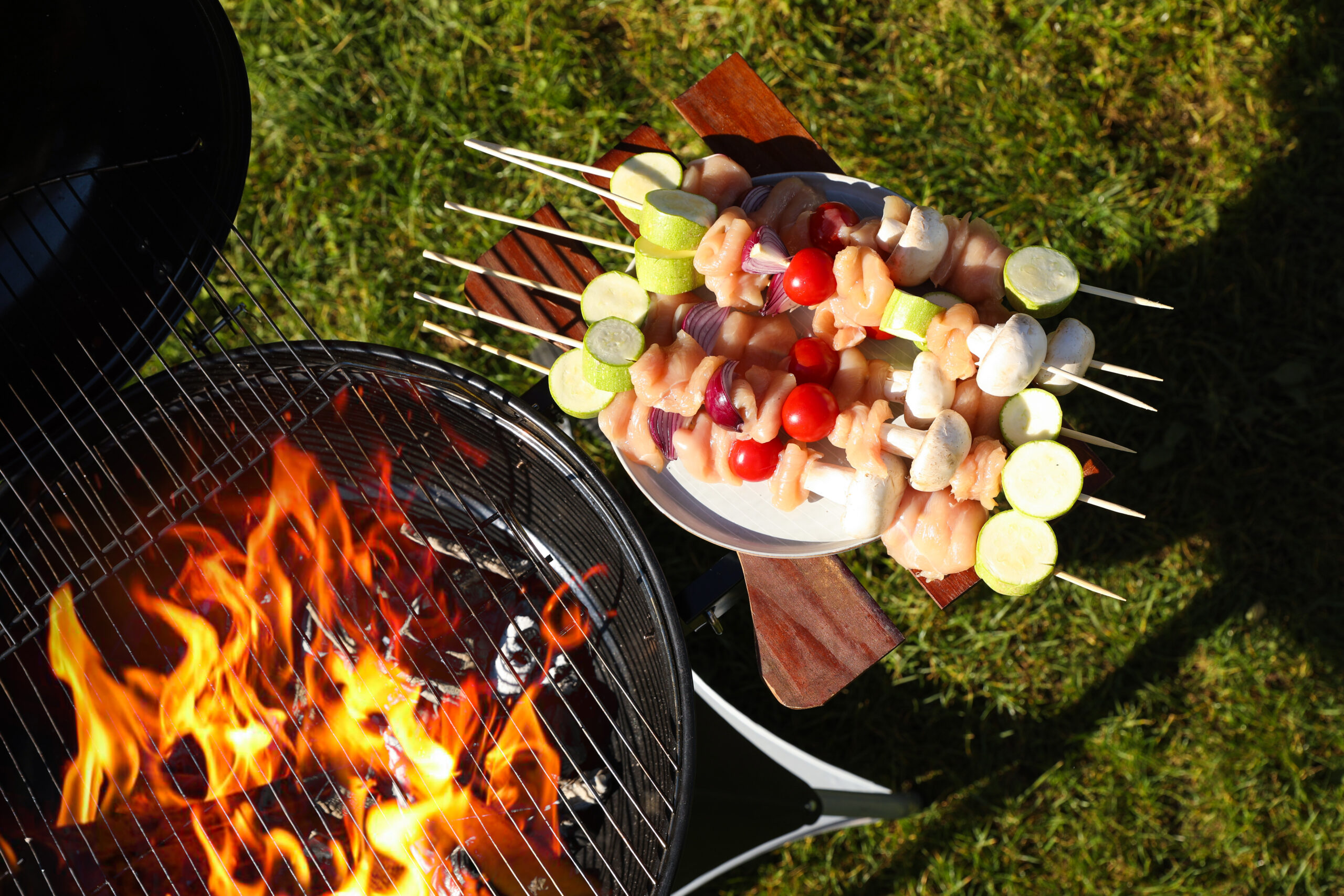Whether you’re an experienced camper or just starting your outdoor cooking journey, mastering camp stove cooking can transform your wilderness dining experience. With the right recipes and techniques, your camp stove can become a versatile tool for creating delicious, satisfying meals in the great outdoors.
Why Camp Stove Cooking Is a Game-Changer
Camp stove cooking offers numerous advantages over traditional campfire cooking:
- Consistent heat control
- Weather-resistant cooking method
- Faster meal preparation
- Reduced fire risk in dry conditions
- More precise temperature management
- Easy setup and cleanup
Essential Camp Stove Cooking Equipment
Before diving into recipes, ensure you have these basics:
- Quality two-burner camp stove
- Propane or fuel canisters
- Wind screens
- Non-stick camping cookware
- Heat-resistant utensils
- Portable spice kit
- Measuring tools
Must-Try Camp Stove Recipes
1. Mountain Morning Shakshuka
Start your day with this Mediterranean-inspired one-pan wonder. Simmer diced tomatoes, bell peppers, and onions with aromatic spices, then crack eggs directly into the sauce. Cover and cook until the eggs reach desired doneness. Serve with crusty bread for a protein-rich breakfast.

2. Backcountry Stir-Fry
This customizable dinner comes together quickly. Pre-cut vegetables at home, bring your choice of protein, and pack a simple sauce of soy sauce, ginger, and garlic. The key is cooking ingredients in the right order for perfect texture every time.
3. Alpine Pasta Primavera
Create a restaurant-worthy meal using your camp stove. Cook pasta according to package directions, then toss with sautéed seasonal vegetables, olive oil, and parmesan cheese. Fresh herbs add a gourmet touch to this simple dish.
Smart Cooking Techniques
Heat Management
- Start with a level surface for your stove
- Use the windscreen in breezy conditions
- Adjust flame height for different cooking methods
- Maintain proper fuel pressure
- Monitor fuel levels
Timing and Organization
- Prep ingredients before lighting the stove
- Cook in order of longest to shortest cooking time
- Use pot lids to speed up cooking
- Keep frequently used items within easy reach
- Clean as you go
Meal Planning Strategies
Before Your Trip
- Plan meals based on stove capability
- Package ingredients by meal
- Pre-measure spices and seasonings
- Consider cooking times and fuel usage
- Pack backup no-cook meals
Food Storage
- Use airtight containers
- Keep perishables properly chilled
- Organize cooler contents by meal
- Label everything clearly
- Consider temperature zones in your cooler
Tips for Success
- Altitude Adjustments
- Increase cooking times at higher elevations
- Use more liquid when necessary
- Watch for lower boiling temperatures
- Adjust recipes accordingly
- Be patient with cooking times
- Weather Considerations
- Have a backup cooking plan
- Protect your stove from strong winds
- Keep fuel warm in cold conditions
- Monitor weather forecasts
- Set up proper shelter if needed
Common Troubleshooting
Stove Issues
- Low flame: Check fuel connections
- Uneven heating: Level your stove
- Poor performance: Clean fuel lines
- Flame problems: Adjust air intake
- Starting difficulties: Prime when necessary
Cooking Challenges
- Food sticking: Use more oil or lower heat
- Uneven cooking: Rotate pans regularly
- Burning: Adjust flame height
- Slow cooking: Check fuel pressure
- Temperature fluctuations: Monitor wind conditions
Safety Considerations
Essential safety practices include:
- Proper stove placement
- Regular maintenance checks
- Carbon monoxide awareness
- Fire safety protocols
- Fuel handling procedures
Cleanup and Maintenance
Keep your equipment in top shape:
- Clean after each use
- Inspect fuel lines regularly
- Store properly between trips
- Keep spare parts handy
- Document maintenance history
Advanced Tips
Maximizing Fuel Efficiency
- Use pot lids whenever possible
- Plan multi-pot meals carefully
- Maintain proper flame size
- Shield from wind effectively
- Choose appropriate pot sizes
Enhancing Flavors
- Use concentrated ingredients
- Pack fresh herbs in damp paper towels
- Bring quality spice blends
- Consider umami-rich additions
- Don’t forget acid components
Remember, successful camp stove cooking combines proper planning, the right equipment, and attention to detail. These recipes and techniques will help you create memorable meals while enjoying the beauty of the outdoors. With practice, you’ll develop a rhythm that makes outdoor cooking both enjoyable and rewarding.
The versatility of camp stove cooking opens up endless possibilities for outdoor cuisine. By mastering these basics and expanding your recipe repertoire, you’ll be well-equipped to create delicious meals wherever your adventures take you. Happy cooking and happy camping!






